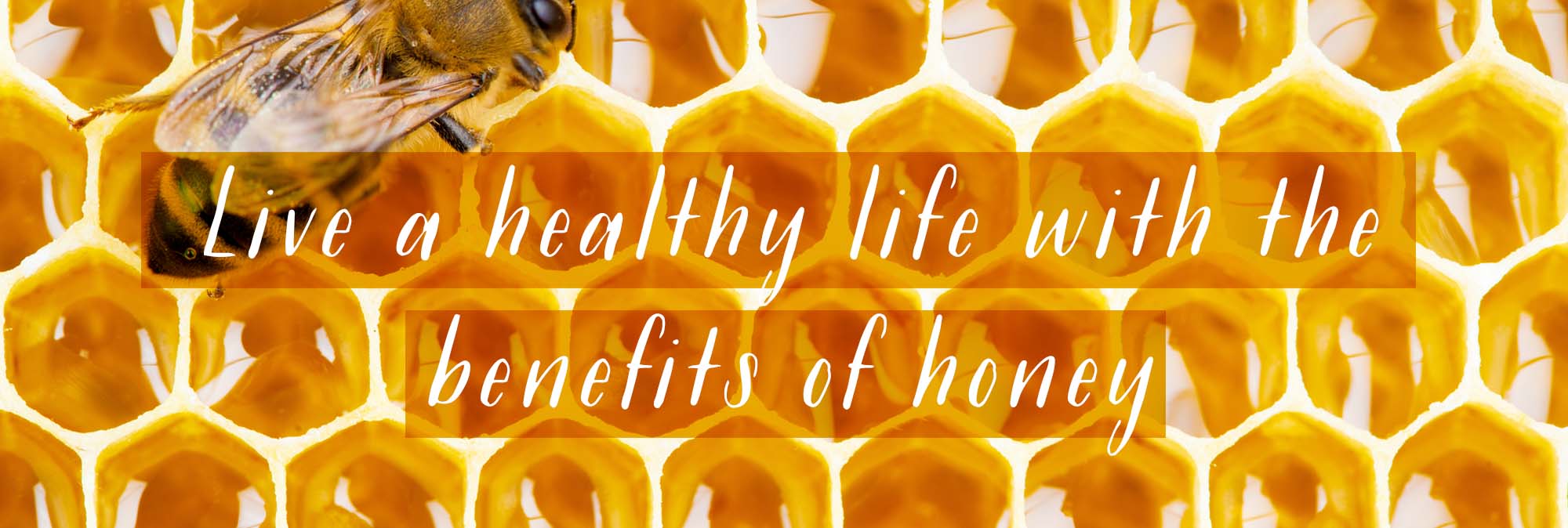Quite simply, yes. The apiarist’s bee hive is recreating something that occurs in nature through the intervention of human made infrastructure. Most bee keepers are naturalists, so they believe in keeping things as close to nature as possible. In the wild bees may colonise around a branch on a tree and trees are made of wood. Wood is nature’s first choice for supporting bee hives, so it makes sense to construct your bee hives out of wood.
What kind of wood is best for the construction of bee hives? Pine is the cheapest and most popular with apiarists. Cedar and cypress are great woods for beehives, as they contain natural oils which deter other bugs and mould. Oak and maple are also great woods to work with. You can also use more expensive timber for the construction of your hives, like mahogany, cherry wood and black walnut; but these will set you back a pretty penny or two. Avoid timber that has been treated with chemicals, as you want your bee operation to be natural and non-toxic. Plastic boxes are available for bee hives but are much more expensive to purchase than the materials to create your own natural wooden hive box.
In ancient times beehives were made out of plaited straw and were more circular in shape. In eighteen fifty one in Philadelphia, the Rev. Lorenzo Langstroth designed a box hive, which contained removal frames for the bees to establish their combs on. This invention meant that bee swarming was avoided and that the apiarist could dramatically increase the number of colonies and thus increase honey production. The box hive has a lid, inner cover, frames for the homey, a honey super box, queen excluder, brood box, frames for brood and bottom board. The bee hive is like wooden furniture for the bees.
There are strict rules in many countries like the US and Australia, which govern the construction of beehives and the honey bee industry as a whole. The dramatic decline in bee colonies in the US has concerned numerous official bodies responsible for bee keeping and the global honeybee market. There are requirements governing the use of wood preservatives in the timber used in beehive construction, the use of removal frames, the marking of beehives with registration numbers and the disposal of waste products used in honey production. Natural food producers must be monitored to ensure the safety of the public and the overall safety of the honey bee industry.


